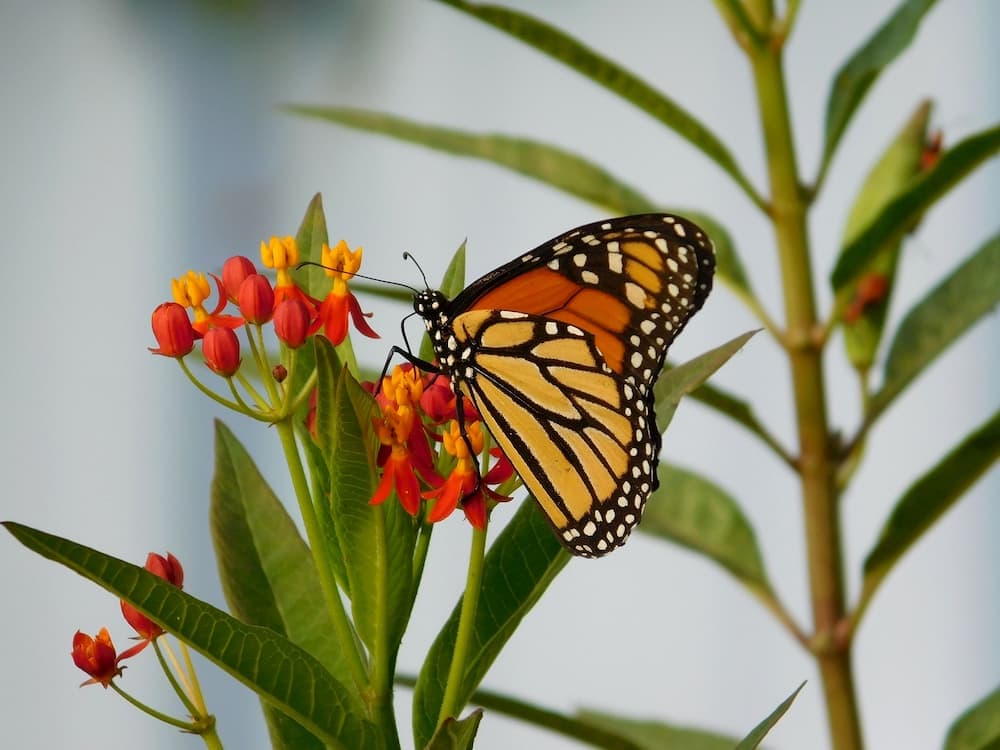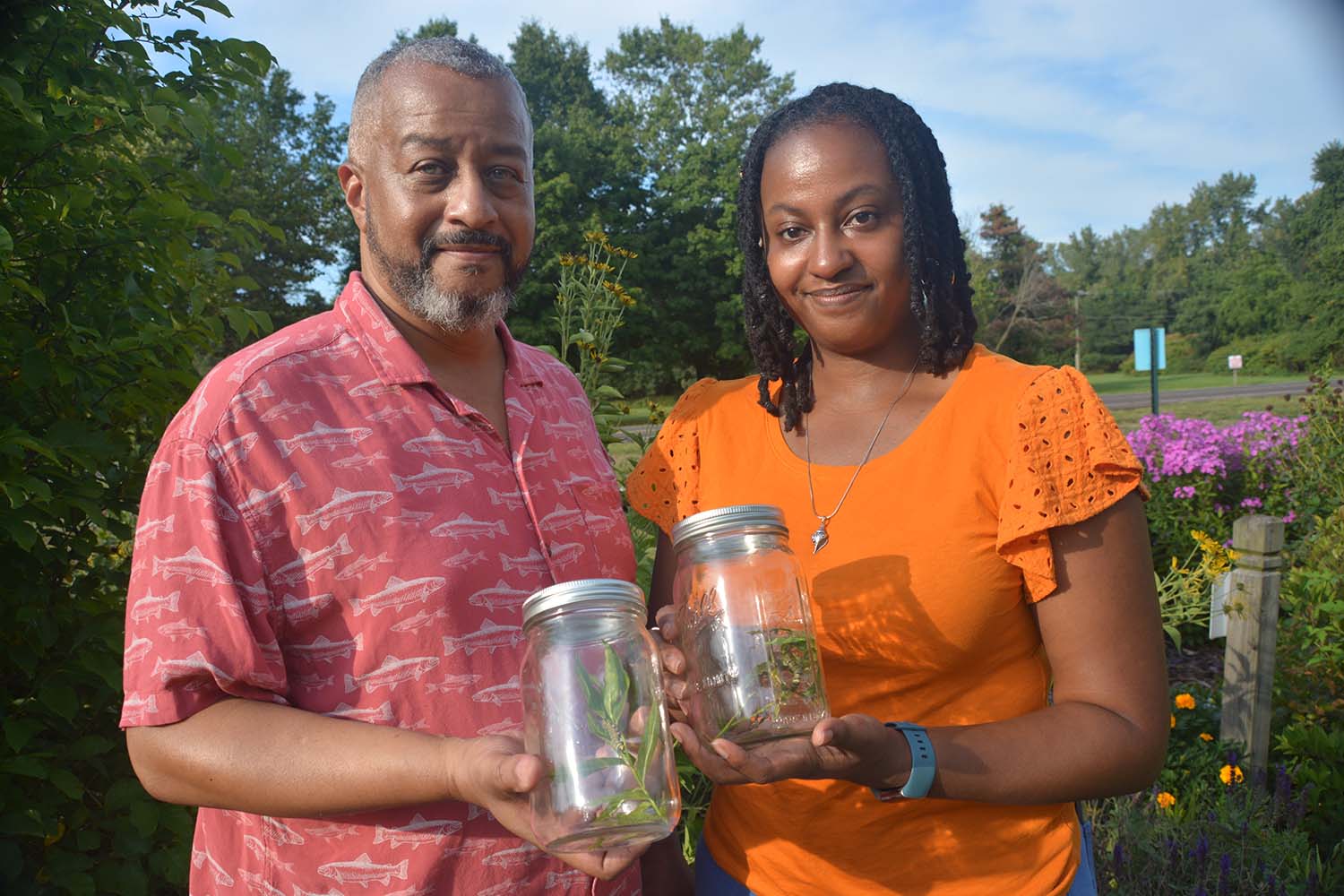Access fact sheets for all WHC-certified sites across North America.
WM in Action
By partnering with individuals, communities and organizations across North America, we take action 365 days a year to make a real impact on our planet.

Wildlife Habitat Council
For more than 30 years, WM has enhanced and protected thousands of acres for wildlife with Wildlife Habitat Council (WHC), a renowned conservation program for businesses.

By transforming land into certified wildlife habitats, we promote sustainability, wildlife preservation, biodiversity and environmental education at over 70 WHC-certified sites across North America. Through certification, WHC verifies the ecosystem benefits of our habitat management and environmental education programs.
As we seek to contribute to a sustainable and circular economy, we’re constantly inspired by nature’s example.
For a closer look at the varying projects in place, browse fact sheets for our WHC-Certified Sites.
Our WHC-Certified Sites
ME - NH - NY - PA
AL - AR - FL - GA - KY - SC - TN - TX - VA - WV
Atlantic Waste Disposal - WAVERLY, VA
Austin Community Landfill - AUSTIN, TX
Bethel Landfill - HAMPTON, VA
Campground Natural Area - LOUISVILLE, KY
Charles City County Landfill - CHARLES CITY, VA
Chastang Landfill - MT. VERNON, AL
CWM Emelle Facility - EMELLE, AL
Eco-Vista Landfill - SPRINGDALE, AR
King George County Landfill - KING GEORGE, VA
Maplewood Recycling and Waste Disposal Facility - JETERSVILLE, VA
Meadowfill Landfill - BRIDGEPORT, WV
Mesquite Creek Wildlife Habitat Area - NEW BRAUNFELS, TX
Middle Peninsula Landfill and Recycling Facility - GLENNS, VA
Monarch Hill Landfill - POMPANO BEACH, FL
Northwestern Landfill - PARKERSBURG, WV
Okeechobee Landfill, Inc. - OKEECHOBEE, FL
Outer Loop RDF Wildlife Habitat - LOUISVILLE, KY
Skyline Landfill - FERRIS, TX
Southern Services Landfill - NASHVILLE, TN
Springhill Regional Landfill - CAMPBELLTON, FL
Westside Closed Landfill & Active Transfer Station - FORTH WORTH, TX
IL - IN - OH - MI - MN - WI
CA - CO - OR - WA
Conservation Case Studies
With much to learn from natural systems, here are a few ways we protect green spaces and create learning opportunities for individuals and groups.

Helping pollinators thrive is one way WM contributes to conservation.
Sun Valley – Southern California
Our team at Sun Valley cares for bees that were in poor health due to their environs. They will eventually be released into a nearby pollinator garden that can serve as an educational center for schools.
Twin Creeks Landfill – Watford, Ontario
At Twin Creeks — WHC’s 2022 Remediation Project award winner — 8,000 poplar trees help absorb leachate from capped portions of the landfill. This prevents the site from having to treat or remove leachate by other means, providing environmental benefits to the area.
Abacoa Community Garden – Florida
WM operations in Florida have sponsored the Abacoa Community Garden for many years. The garden follows organic, sustainable practices to raise vegetables, fruits, wildflowers, butterfly plants, shrubs and trees, and offers educational opportunities for all ages.